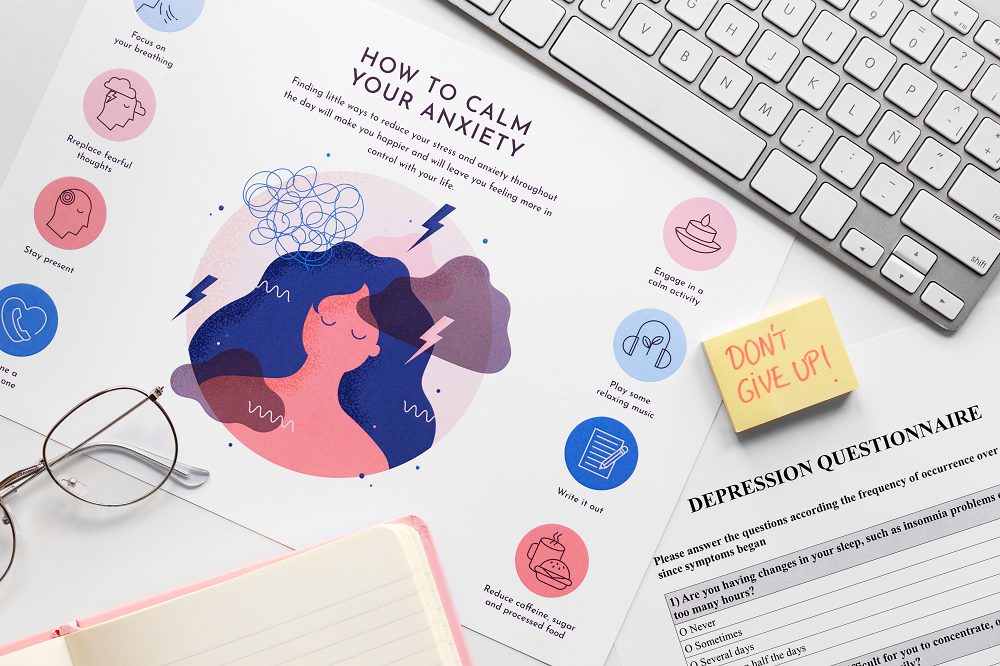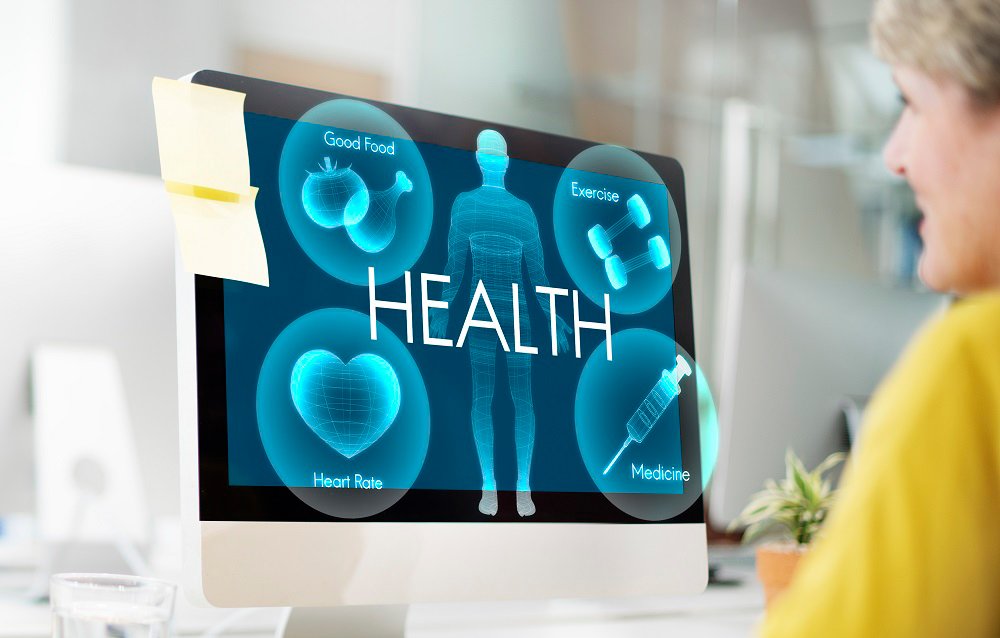Empowering Women’s Health for a Better Tomorrow
1. Introduction
In today’s society, prioritizing women’s health is not just a necessity but a foundation for vibrant communities. Women’s health encompasses a wide range of issues that affect women differently than men, ranging from mental well-being to reproductive rights to preventive care to the challenges faced by aging populations. This comprehensive guide aims to shine a light on the main challenges and advancements in women’s health, offering valuable insights and practical tips for women of all ages.
2. The Importance of Prioritizing Women’s Health
Women play multiple roles in society, often balancing work, family, and personal aspirations. However, their health needs are sometimes overlooked, leading to a myriad of health issues that can impact their quality of life. It’s crucial to understand the unique health challenges women face and the advancements that can help address these issues.
3. Women’s Mental Health Awareness
Strategies for Maintaining Mental Well-being
Mental health is a critical component of overall well-being. Women are more likely to experience anxiety, depression, and other mental health issues. Practicing mindfulness, maintaining a healthy work-life balance, and engaging in regular physical activity can help alleviate stress and promote mental health.
Identifying signs of mental health problems
It’s important to recognize the signs of mental health issues, such as prolonged sadness, loss of interest in activities, or changes in sleep patterns. Early detection and intervention can prevent more severe problems.
Seeking Help
Seeking help from mental health professionals is vital. Many resources, including therapy, support groups, and hotlines, can provide the necessary support for women struggling with mental health issues.
4. Women’s Reproductive Rights and Technologies
The importance of reproductive rights
Reproductive rights are fundamental to women’s health and autonomy. Access to contraception, safe abortion services, and comprehensive reproductive education empower women to make informed decisions about their bodies.
Contraception is available.
Access to a variety of contraceptive methods is crucial. It allows women to plan their families and prevent unintended pregnancies, contributing to better health outcomes.
Advancements in Fertility Treatments
Advancements in fertility treatments, such as IVF and egg freezing, provide more options for women facing fertility challenges. These technologies offer hope and solutions for women wanting to start or expand their families.
5. Perimenopause and menopause
Understanding the Stages
Menopause and perimenopause are natural stages of aging that bring about hormonal changes. Understanding these stages helps women prepare and manage symptoms effectively.
Managing Symptoms
Treatments such as lifestyle changes, hormone replacement therapy, and others can manage symptoms like hot flashes, mood swings, and sleep disturbances.
Available Treatments
There are various treatments available for menopause symptoms, including natural remedies, prescription medications, and alternative therapies. Consulting with healthcare providers can help women find the best approach for their needs.
6. Women’s Digital Health and Telemedicine
Exploring digital health tools
Digital health tools, such as apps and wearable devices, offer new ways to monitor and manage health. These tools provide valuable data and insights, helping women stay proactive about their health.
The benefits of remote healthcare services
Telemedicine has revolutionized healthcare by providing remote access to medical consultations, reducing the need for in-person visits. This is particularly beneficial for women with busy schedules or those living in remote areas.
Enhancing accessibility and convenience
Digital health and telemedicine enhance accessibility and convenience, making it easier for women to receive timely and appropriate care. This technology bridges gaps in healthcare and improves overall health outcomes.
7. Women’s Preventive Healthcare
The importance of regular check-ups
Regular check-ups are essential for early detection and prevention of health issues. Routine screenings, such as mammograms and Pap smears, play a significant role in maintaining women’s health.
Screenings and vaccinations
Screenings for conditions like breast cancer, cervical cancer, and osteoporosis, along with vaccinations, are critical components of preventive healthcare.
Promoting overall health
Preventive healthcare promotes overall health by identifying risk factors and implementing strategies to mitigate them. This proactive approach leads to healthier lives and reduced healthcare costs.
8. Holistic and integrative health approaches
Overview of Alternative Therapies
Alternative therapies, such as acupuncture, massage, and herbal medicine, offer complementary benefits to traditional healthcare. These therapies can help manage pain, reduce stress, and improve well-being.
Lifestyle changes for better health
Adopting a holistic approach to health involves making lifestyle changes like eating a balanced diet, exercising regularly, and practicing mindfulness. These changes support both physical and mental health.
Integrating Traditional and Alternative Healthcare
Integrating traditional and alternative healthcare approaches provides a comprehensive strategy for managing health. Combining both strengths can lead to better health outcomes and a higher quality of life.
9. Women’s Nutrition and Fitness
Guide to a Balanced Diet
A balanced diet is essential for maintaining health and preventing chronic diseases. Women should focus on nutrient-rich foods, including fruits, vegetables, lean proteins, and whole grains.
Suitable Exercise Routines
Regular physical activity is crucial for overall health. Engaging in a mix of cardiovascular, strength training, and flexibility exercises helps women maintain a healthy weight, improve mood, and boost energy levels.
The impact on women’s health
Nutrition and fitness have a profound impact on women’s health. They play a vital role in disease prevention, energy levels, and mental well-being.
10. Women’s Health Activism
The Role of Advocacy
Advocacy plays a crucial role in improving women’s health policies and access to healthcare. By raising awareness and pushing for policy changes, activists can drive significant improvements in women’s health.
Improving healthcare policies
Advocacy efforts can lead to better healthcare policies that address the unique needs of women. This includes policies related to reproductive health, preventive care, and access to affordable healthcare.
Community Engagement
Engaging the community in health activism fosters a supportive environment for change. Community involvement can amplify voices and ensure that women’s health issues receive the attention they deserve.
11. Women’s Healthcare Accessibility
Addressing Disparities
Disparities in healthcare access affect many women, particularly those in underserved communities. Addressing these disparities is essential for ensuring that all women receive quality healthcare.
Strategies for improvement
Strategies for improving healthcare accessibility include expanding telemedicine services, increasing funding for community health programs, and advocating for policy changes that ensure equitable access to care.
Ensuring Quality Care for All
Ensuring that all women have access to quality care involves removing barriers and providing resources that support their health needs. This leads to better health outcomes and a healthier society overall.
12. Women’s Ageing Population
Unique Health Challenges
Older women face unique health challenges, including increased risk of chronic diseases, mobility issues, and mental health concerns. Addressing these challenges requires tailored healthcare strategies.
Promoting healthy aging
Promoting healthy aging involves encouraging preventive care, regular physical activity, and social engagement. These practices can help older women maintain their health and quality of life.
Supporting older women
Supporting aging women means giving them access to healthcare, providing resources for managing age-related health issues, and promoting policies that promote their well-being.
Conclusion
Women’s health is a multifaceted and critical aspect of overall well-being. By understanding and addressing the unique health challenges women face, we can promote healthier lives and stronger communities. Continued support, awareness, and community engagement are essential for improving women’s health outcomes.
For those looking to explore more about women’s health, consider connecting with comprehensive women’s health centers, specialists, and wellness programs. Your health is your most valuable asset—prioritize it and take proactive steps towards a healthier future.










